This subject has been delt with by many scholars in different angles. Dr. Lesslie C. Orr had made an analytical approach based on Chola inscription. However additional information is available in the records of the Pallava period, Kadavaraya chiefs, Pandyas, Kongucholas etc. The earliest reference to devaradiyar comes from a 9th century inscription. This has been interpreted as meaning courtesans but she is referred to as the builder of a Jaina temple (sulaigal seivitta Devakulam). This is a concrete evidence to show that women were connected with the temple activities. In this book, some of the terms like Devanarmagal, Nakkan, Manikkam, Talaikoli. Koyil Pillaigal, Polladapillaigal, etc. have been explained.
This subject has been delt with by many scholars in different angles. Dr. Lesslie C. Orr had made an analytical approach based on Chola inscription. However additional information is available in the records of the Pallava period, Kadavaraya chiefs, Pandyas, Kongucholas etc. The earliest reference to devaradiyar comes from a 9th century inscription. This has been interpreted as meaning courtesans but she is referred to as the builder of a Jaina temple (sulaigal seivitta Devakulam). This is a concrete evidence to show that women were connected with the temple activities. In this book, some of the terms like Devanarmagal, Nakkan, Manikkam, Talaikoli. Koyil Pillaigal, Polladapillaigal, etc. have been explained.
Talicheri Pendugal-inscription of Rajaraja I (1014 A.D) contains the names of 402 dancing girl. Studies of personal names of temple women indicate the connection of the temple women with places affliated to the deities of the places.
With the help of the epigraphical study an attempt has been made to reconstruct the temple women’s history and their role in the evolution of the institution and ideologies of Medieval Tamil Society.

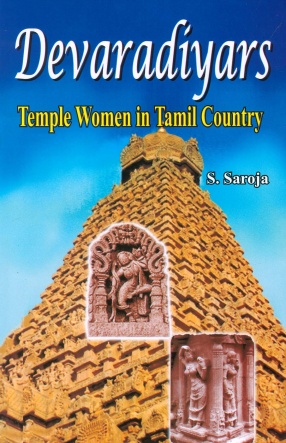
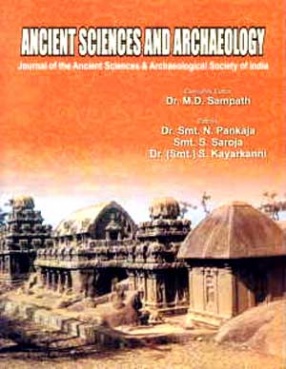
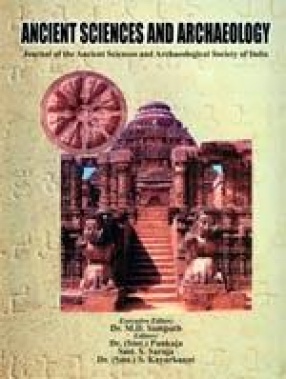
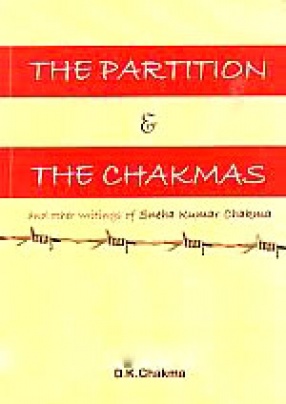

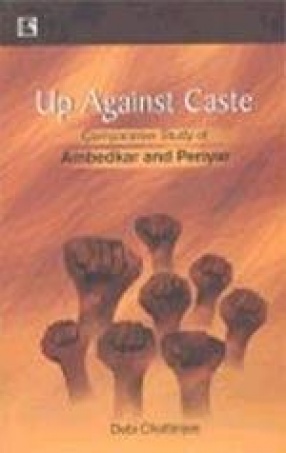
There are no reviews yet.